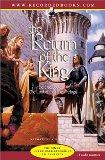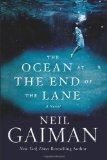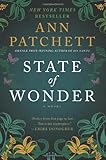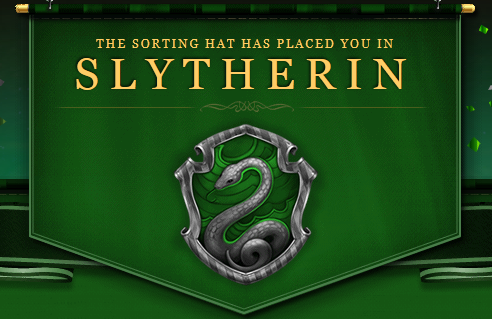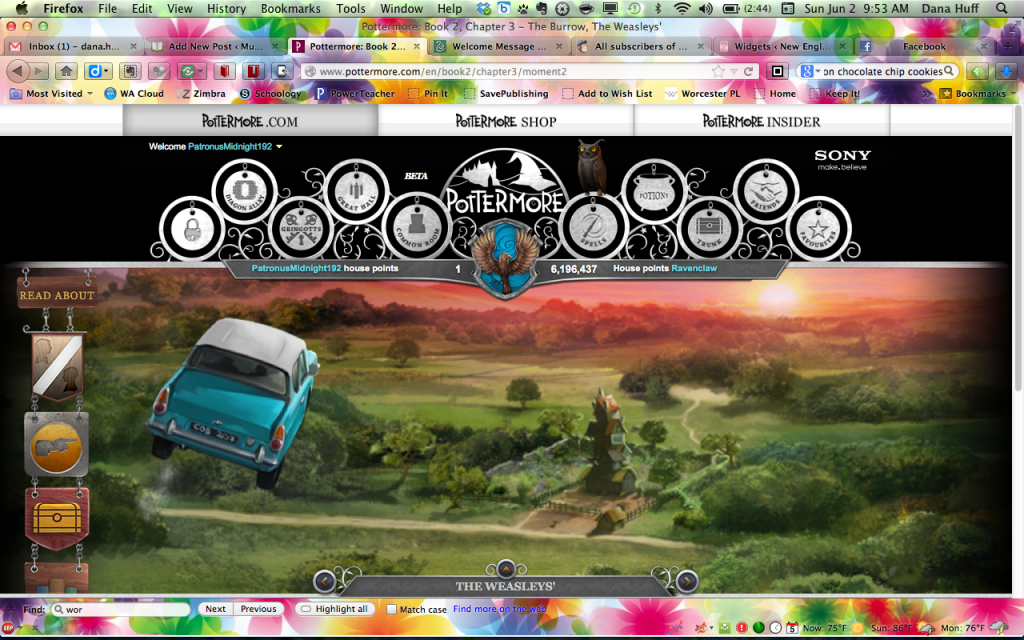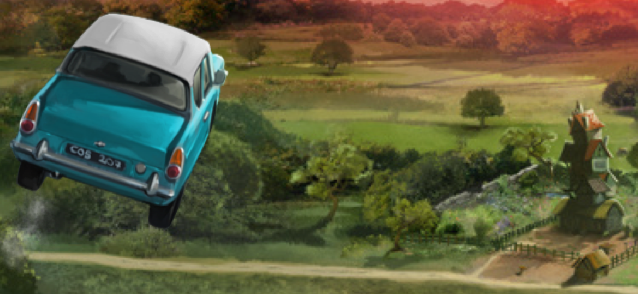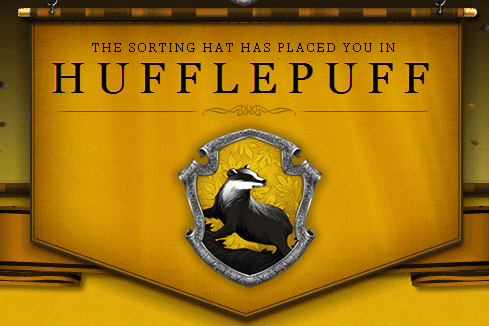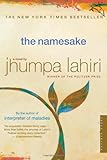 How strange it is after such a long reading dry spell, I’ve been whipping through books again. I finished Jhumpa Lahiri’s novel The Namesake in the matter of a couple of days. I think I may have started reading it Saturday.
How strange it is after such a long reading dry spell, I’ve been whipping through books again. I finished Jhumpa Lahiri’s novel The Namesake in the matter of a couple of days. I think I may have started reading it Saturday.
The Namesake is the story of Gogol Ganguli, named for his father’s favorite writer, Nikolai Gogol. His father, saved when his copy of Gogol’s short stories is noticed in the rubble following a train wreck, must give his son a name before he will be released from the hospital. Since his wife’s grandmother has been given the honor of choosing his “good name,” the family settles on Gogol, thinking later they can change it.
Each chapter is a vignette in the lives of Gogol and his family, from his parents’ arranged marriage to Gogol’s rediscovery, at the age of 32, of a copy of Gogol’s short stories that his father gave him when he was a teenager who hated his name. Gogol, born in America, straddles two cultures all of his life, never seeming to feel completely comfortable in one or the other. In one poignant passage, his father finally tells Gogol the true story of how he got his name, and Gogol is moved:
And suddenly, the sound of his pet name, uttered by his father as he has been accustomed to hearing it all his life, means something completely new, bound up with a catastrophe he has unwittingly embodied for years. “Is that what you think of when you think of me?” Gogol asks him. “Do I remind you of that night?”
“Not at all,” his father says eventually, one hand going to his ribs, a habitual gesture that has baffled Gogol until now. “You remind me of everything that followed.”
The one thread that runs through this novel is the importance of looking forward instead of looking back. One of the interesting things about this book is that it is not a grand adventure. It’s the story of an ordinary life. In part, it is a coming of age story. It’s engaging, nevertheless, and Gogol becomes a sympathetic character that I rooted for and hated to see disappointed. He became very real, and by the end of the book, I felt I knew him. I wondered what happened to him on 9/11. I wondered if he found happiness. If he had children. If he went to visit his mother in India.
The lush descriptions of food were one of my favorite parts of the novel. Whether it is home-cooked Indian food or dinner at a restaurant, meals are central to this novel—they bring the characters together. They are the agents of assimilation (Thanksgiving turkey), and they are the vestiges of a home left behind.
My own family has lived in America for hundreds of years. I don’t have any idea what the immigrant experience is like. Sure, I have moved to new places, but the culture in each place I have lived is more or less the same, and if I have to do without restaurants that have become favorites, it’s no small price to pay when I find new favorites and quickly assimilate to the new place. I can’t imagine what it must be like to move thousands of miles away to a completely different culture, where I am unsure of the language and customs. However, I feel like I caught a glimpse of what such an undertaking must be like after reading this book, and it made me admire immigrants for what they are willing to do in order to build a life for themselves. More Americans should read this book. I was moved by a passage near the end, as Gogol reflects on the fact that his mother is selling the house he grew up in so that she can go to India:
And then the house will be occupied by strangers, and there will be no trace that they were ever there, no house to enter, no name in the telephone directory. Nothing to signify the years his family has lived here, no evidence of the effort, the achievement it had been.
On a lark, I searched through census records to see who had lived in my current house. The names changed each decade. In 1910, the Anderson family, Swedish immigrants whose children had been born here in Massachusetts, lived in my house. Arthur Anderson was a carpenter. I wonder if any of his work survives. My husband often says this house was built like a ship. In 1920, the French Canadian Cartier family lived in my house. Frederick Cartier owned a shop, but the census doesn’t say what kind. His three children, all teenagers between 14 and 18 years old, worked—the two girls in a corset factory and the boy in a cotton mill. In 1930, Albert Dupont, a carpenter who had been born in Massachusetts to French Canadian parents, lived here with his family. In 1940, the O’Briens lived in my house. John O’Brien was a salesman. The names change every ten years, and but for a whim, they would have been completely forgotten. I was fascinated to discover a few scant facts about each family. Worcester is a city with a strong immigrant population, even up to the present. It’s one of the things that makes this city interesting. In fact, it’s one of the things that makes Massachusetts interesting. It makes a great deal of sense to me that Jhumpa Lahiri brought the Ganguli family from Calcutta to Boston. Something about this state has attracted people who have set off thousands of miles away from home to build a new life, from 1620 when the Pilgrims sailed The Mayflower and landed at Plymouth to the present day.
Rating:





